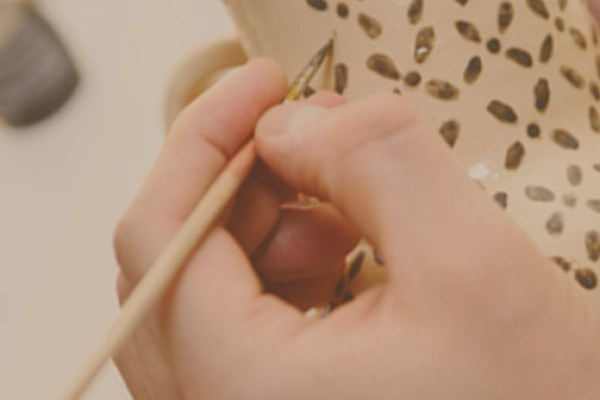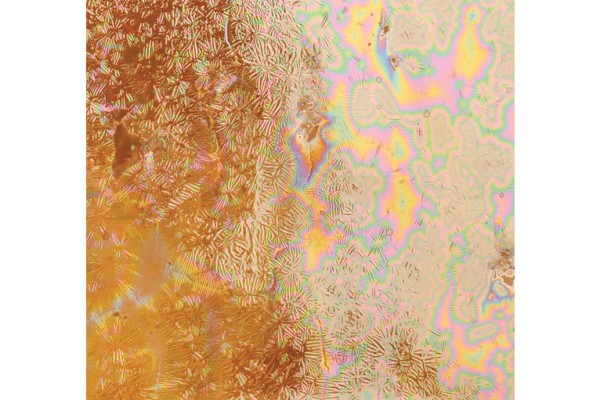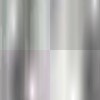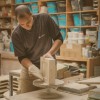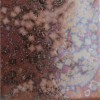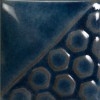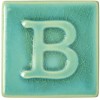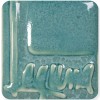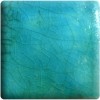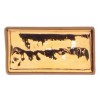Glaze
Potclays stock one of the largest ranges of glazes on the market, giving you maximum choice! We stock leading brands of glaze like Mayco, Amaco, Spectrum, BOTZ and Clayscapes, as well as our own rang… Read more
Shop by Firing Temperature
Earthenware or Stoneware, we've got glazes for every firing range
Shop by Colour
To view our range of ceramic glaze by colour, please use the links below:
Shop by Brand
We are an official retailer for all of the following ceramic glaze brands:
Glaze
Potclays stock one of the largest ranges of glazes on the market, giving you maximum choice!
We stock leading brands of glaze like Mayco, Amaco, Spectrum, BOTZ and Clayscapes, as well as our own range of proprietary glazes.
You'll be able to find any colour or effect you like, as well as some you've never imagined before.
Many glazes can be layered together for unlimited creative possibilities.
We have a wealth of technical knowledge so that we are best placed to offer our advice when you need it.
Whether you are firing at Earthenware or Stoneware temperatures, in an electric, gas or wood-fired kiln, in oxidation or reduction firing conditions, we have glazes to suit everyone.
With over 92 years of experience, you can be reassured that we only stock the highest quality products and we're always on hand for any technical enquiries or advice.
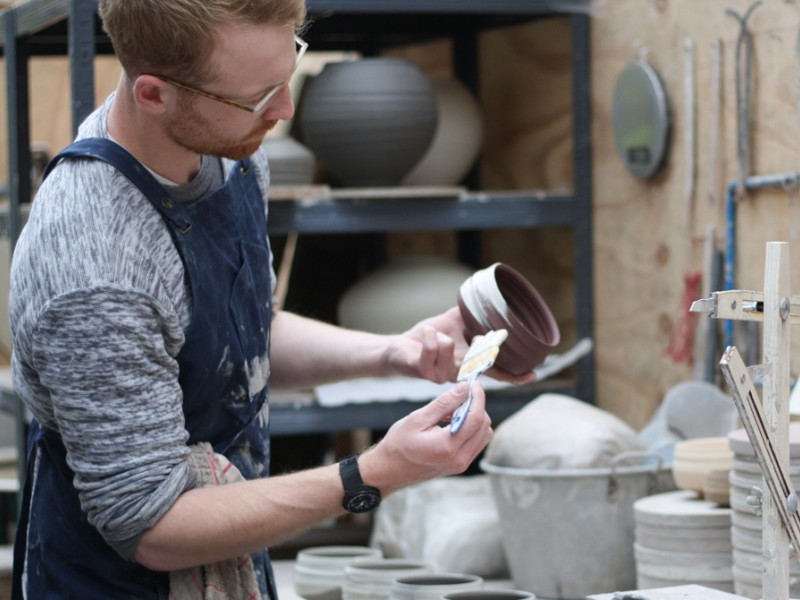
Powdered or Ready Mixed?
Powdered or Ready Mixed?
In ceramics, glazes are used to coat the surface of clay pieces to provide colour, texture, and a glassy finish, as well as to make the ware more impermeable to liquids. Choosing between powdered glaze and ready-mixed glaze depends on several factors, including convenience, customisation, storage, and cost.
Powdered Glaze:
Powdered glazes come in dry, unmixed form and require the addition of water and thorough mixing before application. The key advantage of using powdered glaze is the lower cost and the ability to mix large volumes of glaze for dipping, pouring or spraying. The user can also customise the consistency and opacity of the glaze according to specific needs. Powdered glazes are generally more economical in the long run, especially for larger or more frequent projects, as they typically cost less per unit volume once prepared. Storage is another benefit—powdered glazes, when kept dry, have an indefinite shelf life and take up less space. However, preparing powdered glaze can be time-consuming and requires careful handling to avoid inhalation of dust, which can be hazardous.
Ready-Mixed Glaze:
Ready-mixed glazes are convenient as they come premixed and can be used directly from the container, saving time and eliminating the mess associated with mixing. This can be particularly advantageous for beginners, educational environments, or those who prefer immediate application. The trade-offs include higher costs and potentially less flexibility in adjusting the properties of the glaze. Additionally, ready-mixed glazes can have a limited shelf life once opened and require more storage space compared to their powdered counterparts.
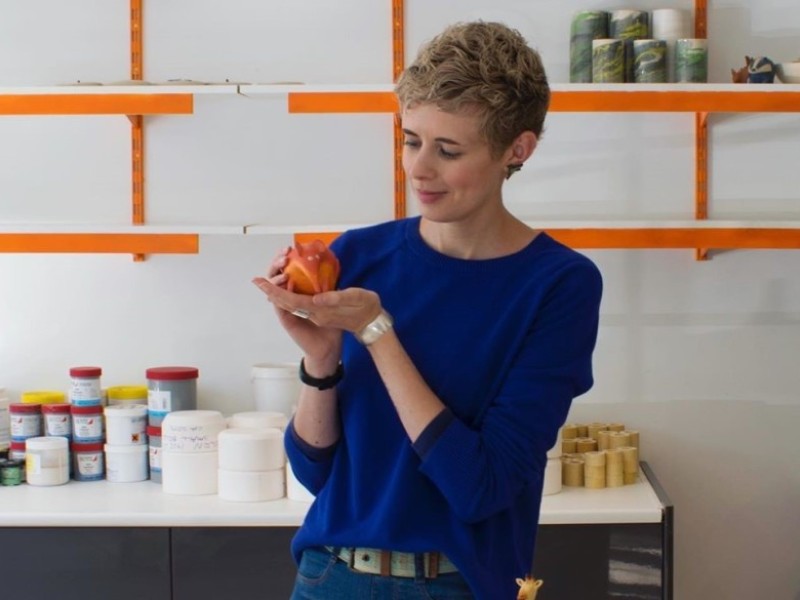
Which Glaze Is Easiest to Use?
The easiest type of ceramic glaze to use, particularly for beginners in pottery and ceramics, is often commercially-prepared glaze. These glazes are specifically formulated to be user-friendly and come in a wide variety of colours and finishes, including glossy, matte, and satin. Low-fire glazes typically mature at a temperature range from Cone 06 (approximately 998°C) to Cone 04 (approximately 1063°C), which makes them suitable for earthenware. High-fire or stoneware glazes typically mature at around Cone 5 (approximately 1186°C) to Cone 10 (approximately 1285°C).
One significant advantage of using low-fire glazes is their forgiving nature in terms of firing temperatures and conditions. This characteristic minimises the occurrence of common glazing faults such as crazing (fine cracking on the surface), shivering (glaze flaking off), or running. Furthermore, because the firing temperatures are relatively low, these glazes are less demanding on kilns, often resulting in lower energy costs and extended lifespan of the kiln elements.
Commercially-prepared low-fire glazes come ready to use, eliminating the need for mixing or extensive preparation. This convenience makes it an excellent choice for hobbyists or educational settings where time and simplicity are crucial. They can be applied directly either by brushing, dipping, or spraying, without the need for additional adjustments.
Additionally, low-fire glazes are typically more environmentally friendly due to their lower firing temperatures, which require less energy. It's also worth noting that they often have stable and predictable results, allowing for more consistent outcomes which further enhances their ease of use.
For artists or students new to ceramics, starting with low-fire glazes provides a straightforward and rewarding entry point into the craft of glazing and firing ceramics.
